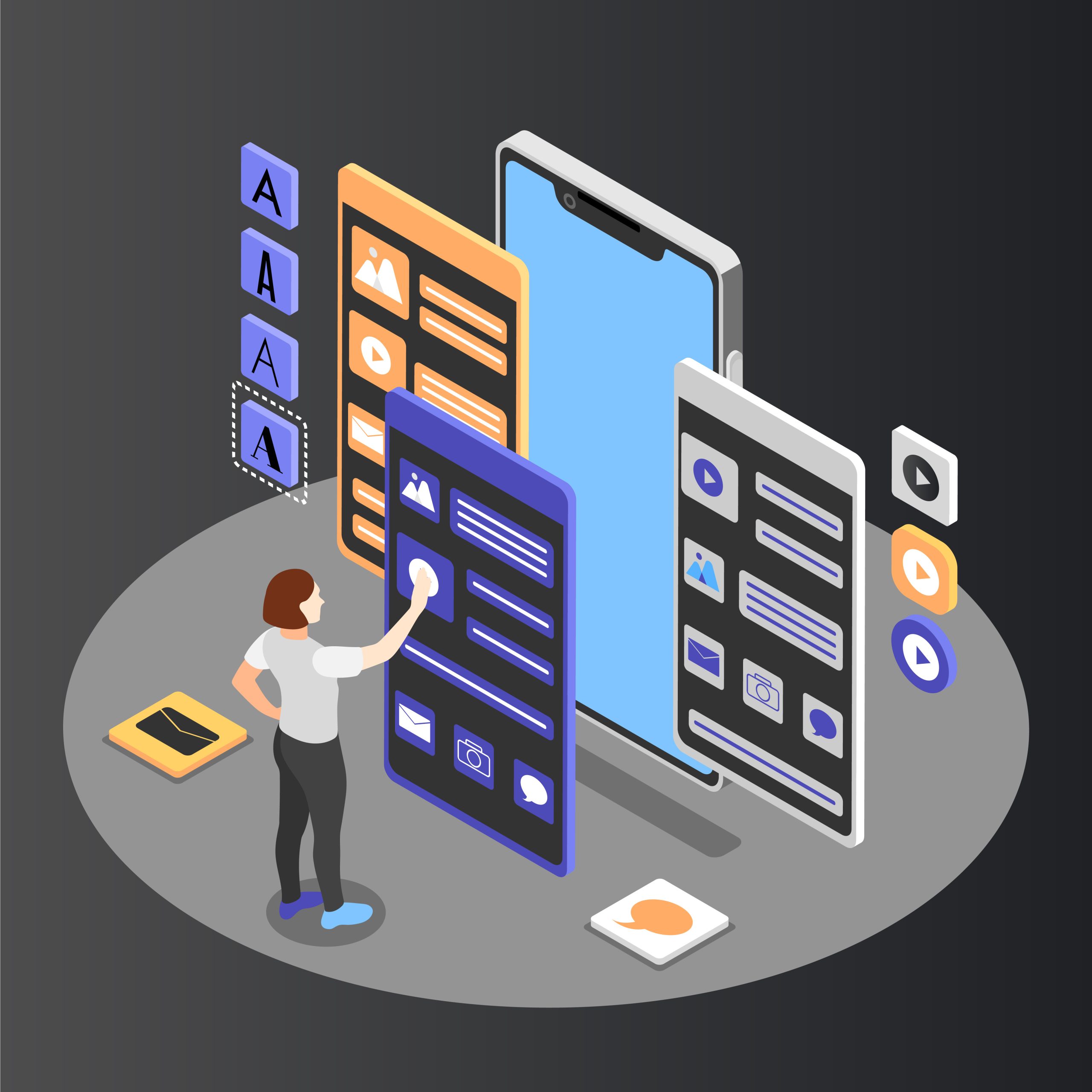Every year, dozens of articles pop up asking the same thing: Flutter vs React Native – which one is better? Most just list pros and cons, talk about performance benchmarks you’ll forget tomorrow, and call it a day. But if you’re a CTO, product owner, or startup founder trying to hire in 2025, that’s not what keeps you awake at night.
You’re probably asking things like:
- Which talent is actually easier (and cheaper) to hire now?
- Which team will still be relevant when AI-native apps become the norm?
- Which choice will keep my maintenance budget sane two years from now?
This piece is for you.
Not another framework face-off. But a hiring-first look at what’s changed, what talent costs now, and what will stay future-proof.
Flutter vs React Native in 2025 – What’s Actually New
On the surface, Flutter and React Native might still look like the same old debate.
But under the hood both have quietly changed. And those changes directly affect who you hire and what skills they need.
Flutter 4.x:
- Mature web support, better desktop capabilities, and huge UI improvements.
- Google has invested heavily in AI-integrated widgets and native-like performance.
What this means: You’ll want to hire flutter developers who know Dart deeply plus understand multi-platform UI patterns and maybe even AI SDKs.
React Native’s Fabric & Turbo Modules:
- Much leaner architecture, near-native UI responsiveness, and faster bridging.
- Tight integration with the massive JavaScript/TypeScript ecosystem.
If you want to hire React Native developers in 2025, keep in mind that they should know Fabric, TurboModules, and be capable of architecting apps that can scale.
In 2025, hiring isn’t just about frameworks anymore. But more than that. It means finding developers who can:
- Build AI-enhanced experiences (e.g., voice, personalization, chatbots).
- Work easily across mobile, web, and maybe even desktop.
- Think in terms of maintainable, scalable architecture.
That’s why your hiring strategy shouldn’t just ask “Flutter or React Native?”
It should ask – “Which team understands the new landscape, and which one helps us keep pace with it?”
Comparing Developer Skills & Market Availability
Let’s cut through the noise.
In 2025, both Flutter and React Native are “mature”. But the people you hire still make or break your app.
So, what do you really get when you go looking for talent?
For Flutter developers:
- Strong grasp of Dart (still niche outside Flutter).
- Better at pixel-perfect UI. Since Flutter controls rendering fully.
- Increasingly familiar with multi-platform delivery.
The talent pool is smaller here. So, hiring a senior Flutter developer costs more. Average salary trends show this gap has grown in 2025.
For React Native developers:
- JavaScript / TypeScript: huge, evergreen market.
- Many started as React web developers. This is good if you plan for shared logic between web and mobile.
- Newer React Native developers often don’t know the Fabric architecture or native bridging deeply.
But it has a much larger hiring pool. This keeps costs reasonable and makes it easier to find replacements or scale fast.
Where this hits your business:
In 2025, you need developers who:
- Get CI/CD and automated testing.
- Understand AI SDK integration.
- Think about maintainability.
Because average developers build average apps and average apps don’t win markets anymore.
Performance, Scalability & Future Maintenance
Do you know that it’s bad architecture and endless patchwork that slows teams and blows budgets.
So, what matters most isn’t “which is faster on paper,” but which team can keep your app healthy when features double, traffic spikes, and tech debt creeps in.
| What Really Matters | Flutter (2025) | React Native (2025) |
| Rendering & UI Consistency | Own rendering engine → fewer surprises from OS updates. Great for pixel-perfect, complex UIs. | Relies on native components. New Fabric architecture helps, but consistency depends on implementation. |
| Native Features | Needs devs who can write native plugins when you hit framework limits. | Easier to tap into existing native modules and JavaScript ecosystem. |
| Scaling Large Apps | Single codebase keeps complexity manageable if team structures code well. | Code reuse with web can speed up features. But it can also create messy dependencies if poorly managed. |
| Cost & Hiring | Smaller talent pool → senior Flutter devs cost more, but fewer needed if app stays simple. | Larger hiring pool → easier to scale teams, replace devs, or ramp up fast. |
| Bottom Line | Ideal for rich UIs and apps where design consistency matters most. | Ideal when you need to hire quickly, reuse web logic, or deeply integrate native modules. |
Integration & AI/ML Capabilities in 2025
From personalized recommendations to voice commands and chatbots, businesses now expect apps to think and not just react.
For many businesses, the question that came up is which team knows how to wire AI into your product without slowing everything else down?
| Parameters | Flutter | React Native |
| AI Plugins | Fewer ready-made; stronger native SDK support | Many JS packages; quick to prototype |
| Performance | Great for on-device tasks like OCR & camera AI | Fine for cloud AI; device-side heavy tasks can lag |
| Hiring Impact | Need devs comfortable writing native modules | Larger pool of devs who know AI tools in JS |
| Best Fit | Real-time, offline, camera-driven AI | Chatbots, recommendations, cloud-based AI |
Conclusion
After all the benchmarks, libraries, and trends, it still comes down to your product, your team, and your long game.
If you:
- Want pixel-perfect design across platforms
- Have UI-heavy apps (think dashboards, media, animation)
- Are okay paying a bit more for niche talent
If you:
- Need to hire fast or scale a large team
- Already have React or JS talent in-house
- Want flexibility to quickly add AI or cloud features
👉 Hire React Native developers.
